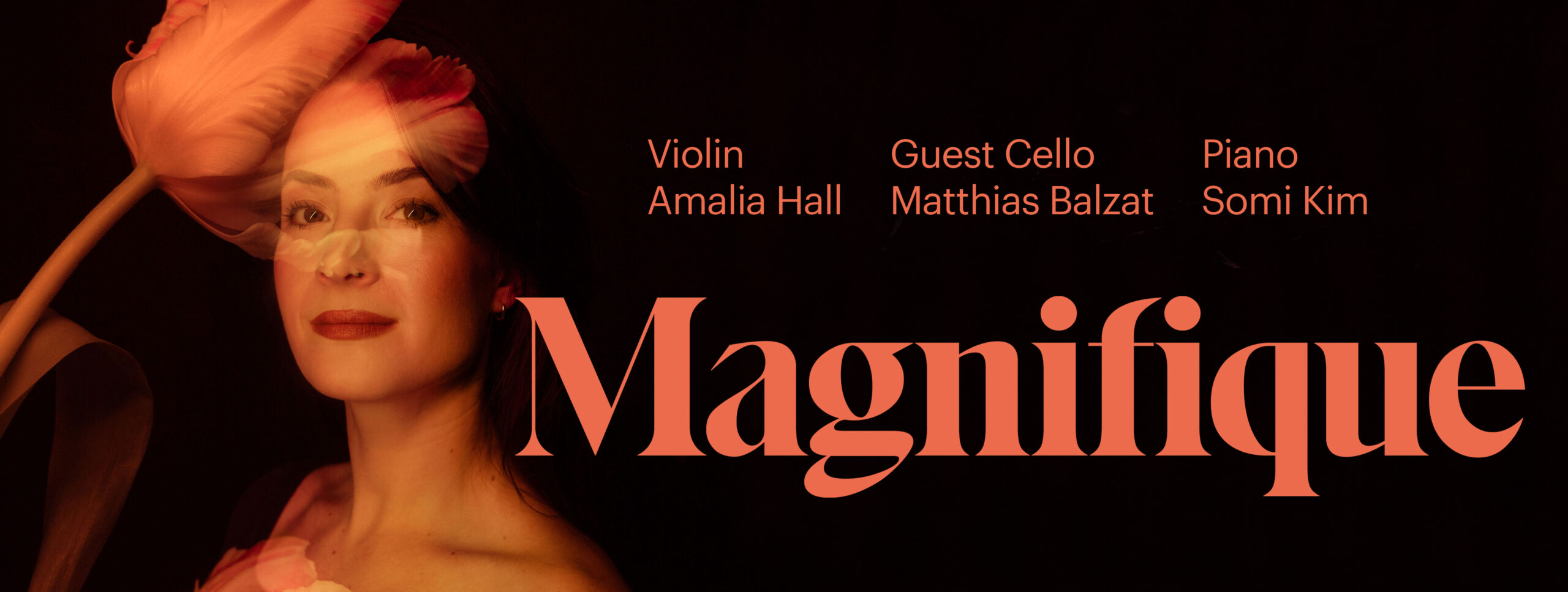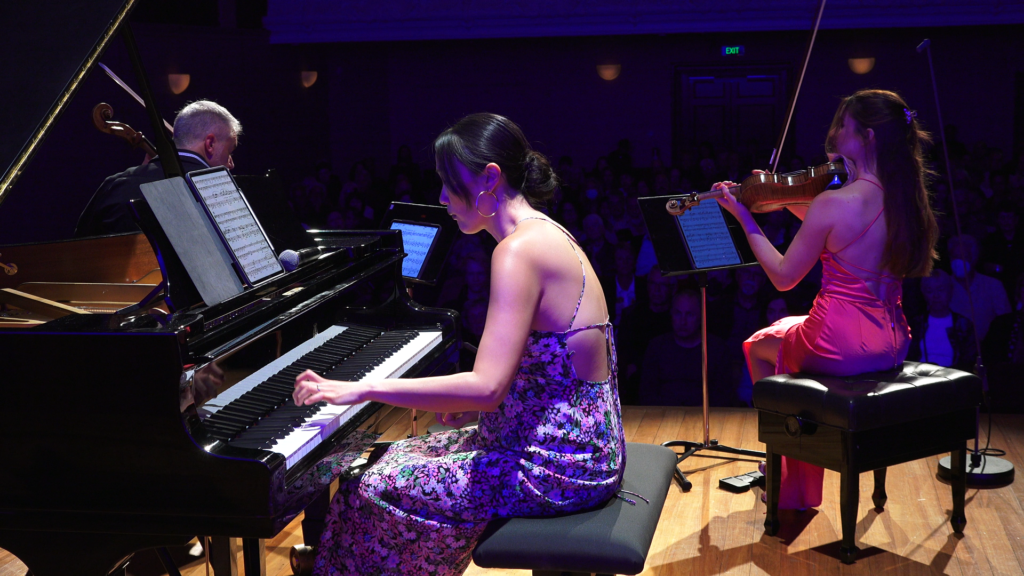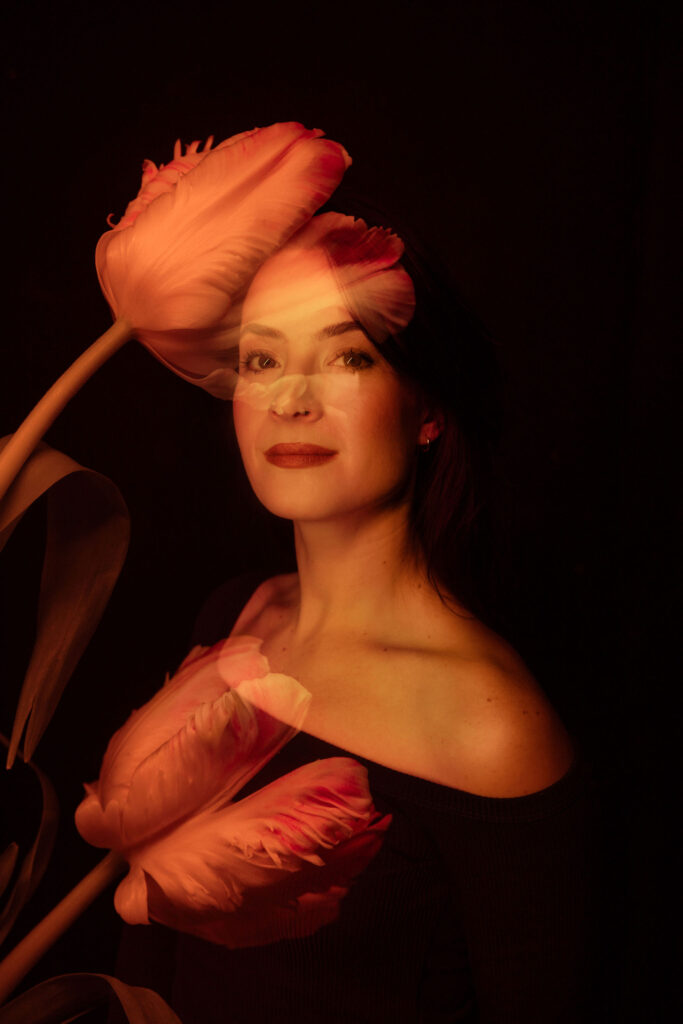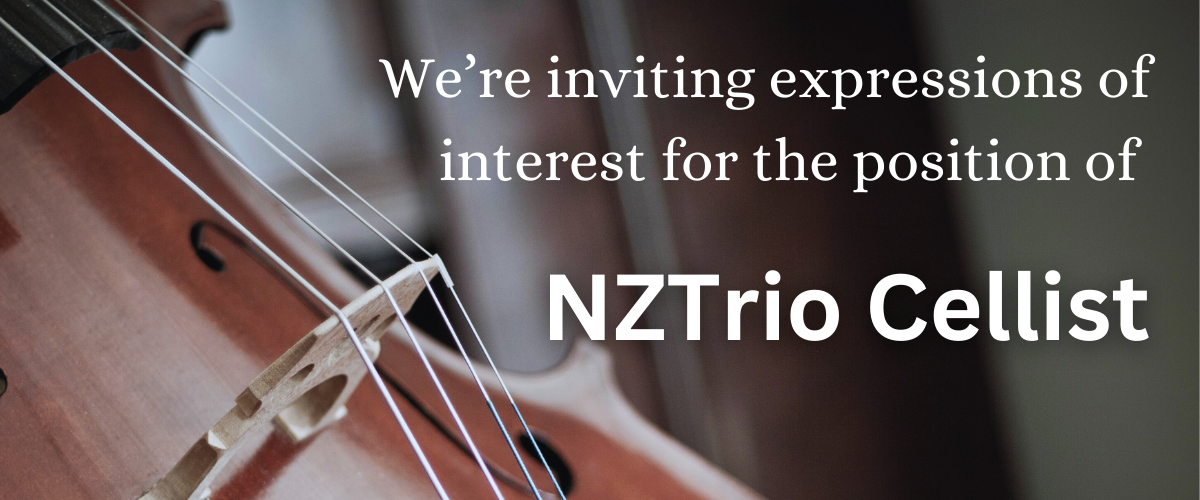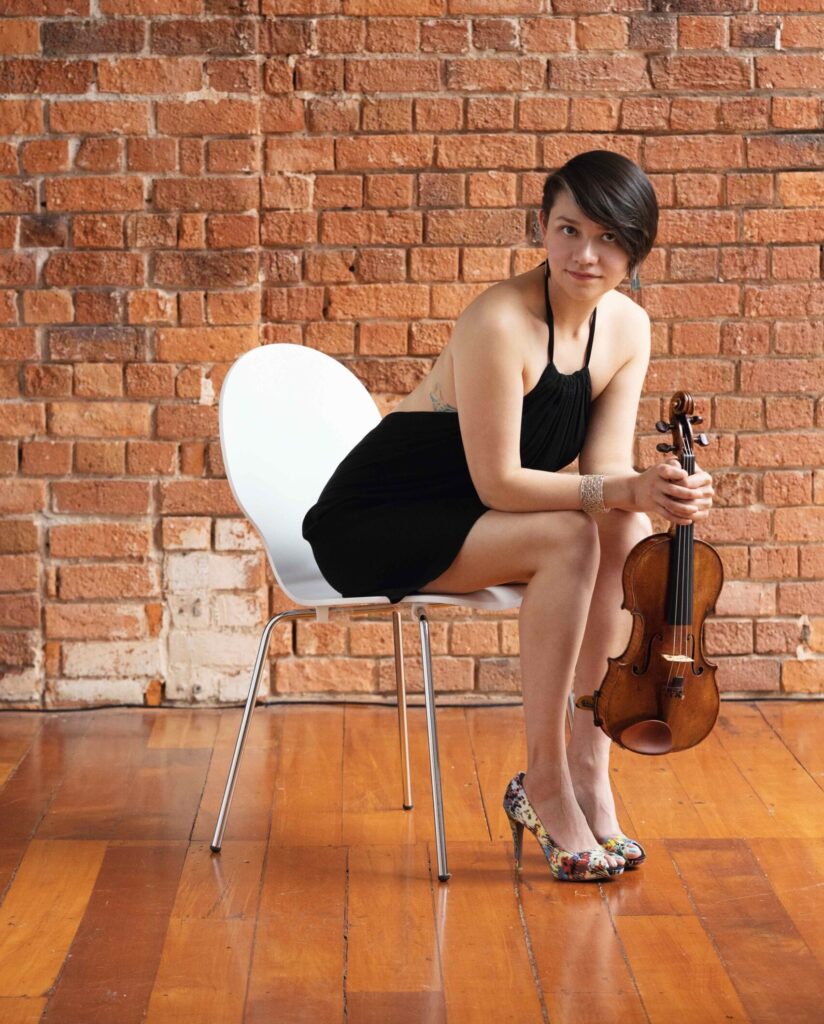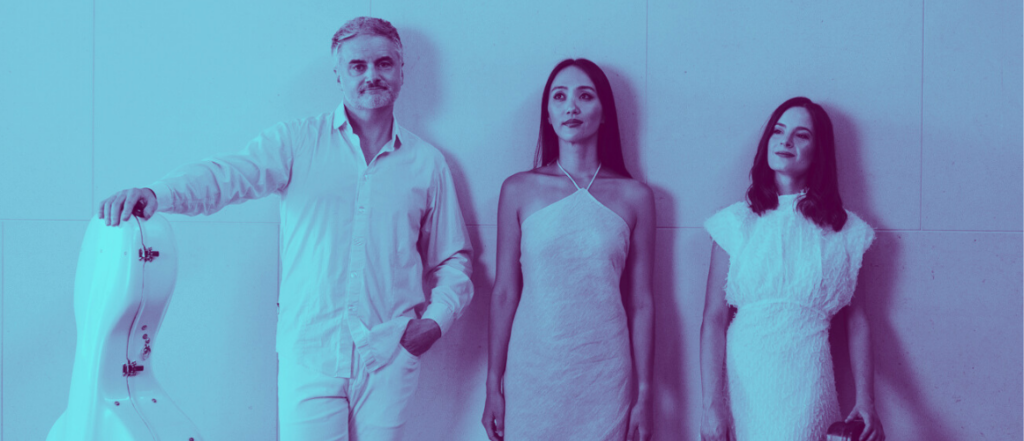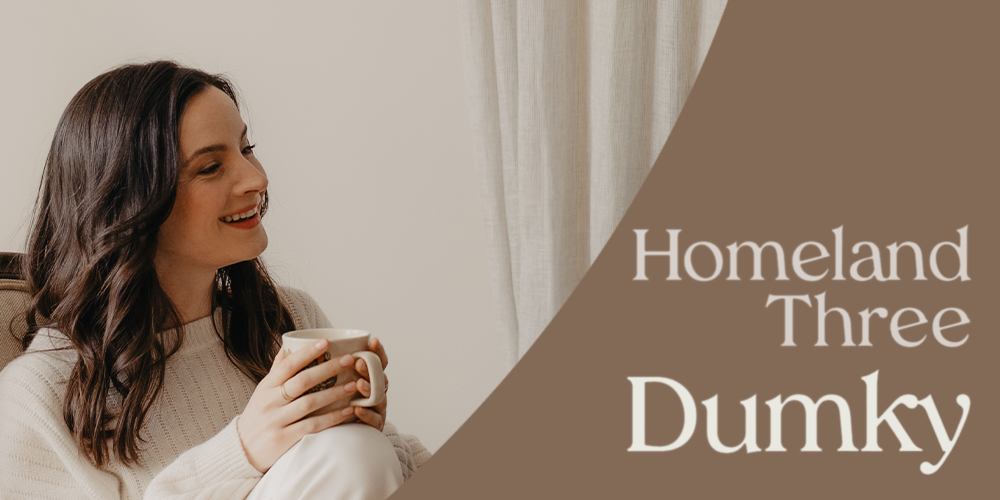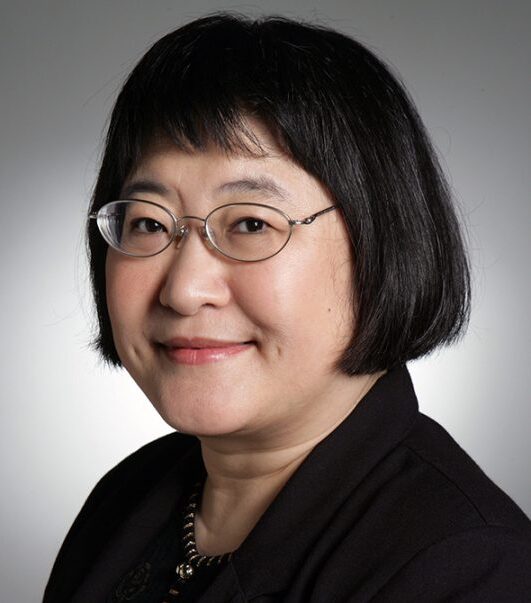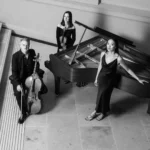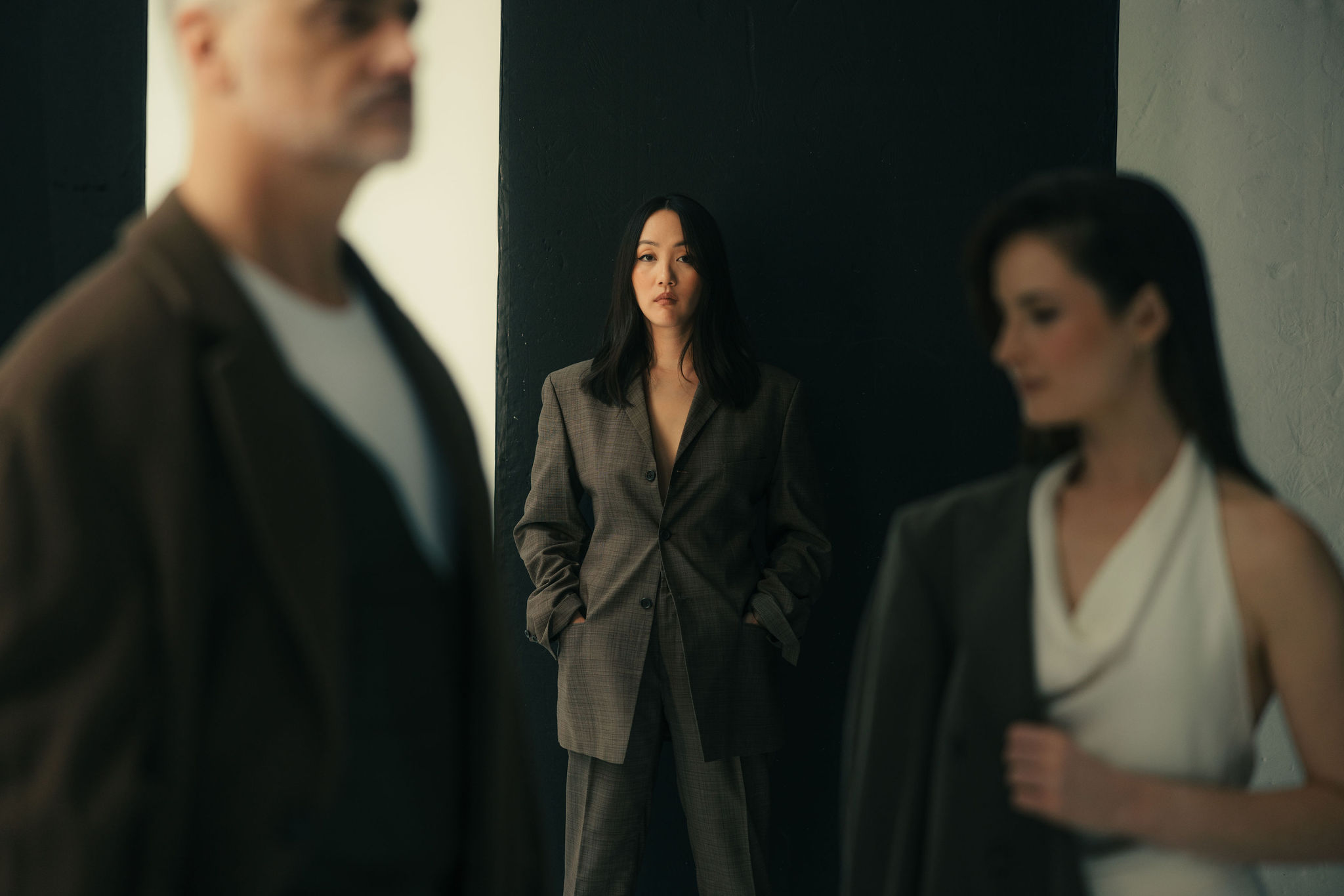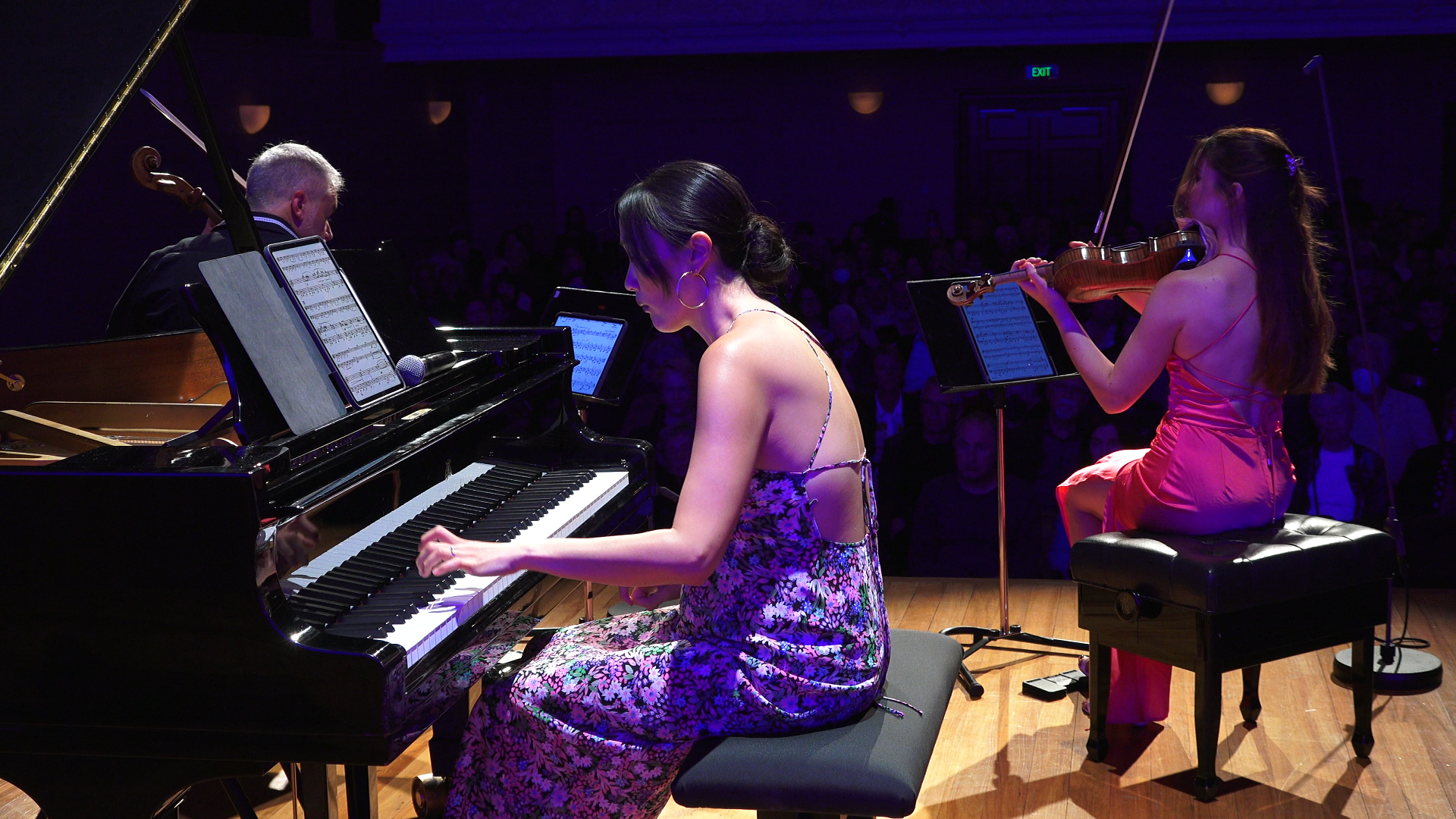NZTRIO WELCOMES NEW PERMANENT CELLIST
NZTrio He Taonga Wairere are thrilled to announce the appointment of new permanent cellist, Matthias Balzat. Matthias, an award-winning performer, brings a wealth of local and international performing experience to the trio’s next chapter.
Matthias will take over from founding member Ashley Brown, and will join the extraordinarily talented Amalia Hall (violin) and Somi Kim (piano), who have been with NZTrio since 2019. He will join the trio on a guest basis this year before taking on the role permanently in February 2026. Matthias will have his first performances with the group during the Magnifique concerts in May, before joining NZTrio’s Chamber Music New Zealand tour of Four Last Songs with acclaimed soprano Emma Pearson in October and NZTrio’s Hypnotique tour in November.
Somi and Amalia are thrilled with the appointment, and say:
“Matthias’ name was one of the first to spring to mind in our search for a new cellist, and we are excited to start this new chapter of NZTrio with him. We knew after just minutes of rehearsing with him that he was the one! Matti’s energy and musicianship completely align with our core values at NZTrio, and we’re going to have so much fun on and off stage together.”
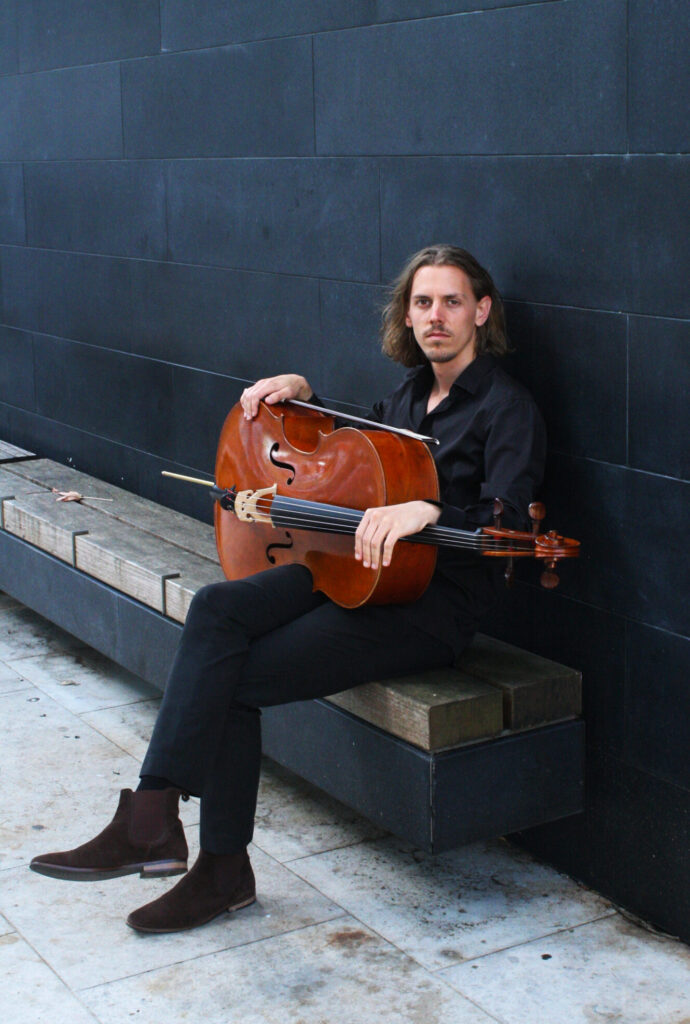
Matthias’ musician journey began at the age of three, and has since taken him around the globe. Completing his undergraduate degree at the University of Waikato at just seventeen, he also holds a prestigious Konzertexamen and Master’s degree from the Robert Schumann Hochschule under Pieter Wispelwey in Düsseldorf. A seasoned performer, Matthias has graced stages across Europe, United Kingdom, Australia and Aotearoa, as a soloist, chamber musician and with the Ares Trio.
His appearances as a soloist include the New Zealand Symphony Orchestra, Christchurch Symphony Orchestra, Sinfonietta Köln, St. Matthew’s Chamber Orchestra, Auckland Chamber Orchestra, Robert Schumann Hochschule Orchestra and Opus Orchestra. He has also performed at major festivals such as Aspen Music Festival, Classiche Forme, and Edinburgh Fringe.
Over the course of his career to date, Matthias has worked with many renowned musicians, including Daniel Müller-Schott, Johannes Moser, and Wolfgang Schmidt, and has collaborated with notable conductors including Guy Noble, Benjamin Northey, and Rüdiger Bohn. He has won numerous prestigious competitions including the Accordi Musicali International Cello Competition, 69th ROSL Annual Music Competition, Sieghardt-Rometsch Concerto Competition, and the New Zealand National Concerto Competition, twice.
Matthias performs with a Reiner Beilharz 2014 Cello, accompanied by a Klaus Grünke bow.
Matthias says: “I’m really excited to be joining NZTrio as their new cellist. After several years working as a freelance musician in Germany, the chance to return home to Aotearoa for a role like this feels incredibly special. NZTrio has long been a group I’ve admired—for their artistry, adventurous spirit, and deep connection to New Zealand’s musical landscape. Stepping into this role is both a personal homecoming and a professional milestone. To take it on fully, I’ll be unfortunately reducing the number of my commitments in Europe, yet driven to focusing my energy on this next chapter with the Trio.”
Tickets and more information at: www.nztrio.com/event-directory
Connect with @nztrio
www.facebook.com/nztrio
www.twitter.com/nztrio
www.instagram.com/nztrio
*Note: correct spelling ‘NZTrio’ – no spaces, no ‘the’, not ‘The New Zealand Trio’
For media enquiries, contact:
Stephanie Butler
Elephant Publicity
steph@elephantpublicity.co.nz | 020 4169 9087
